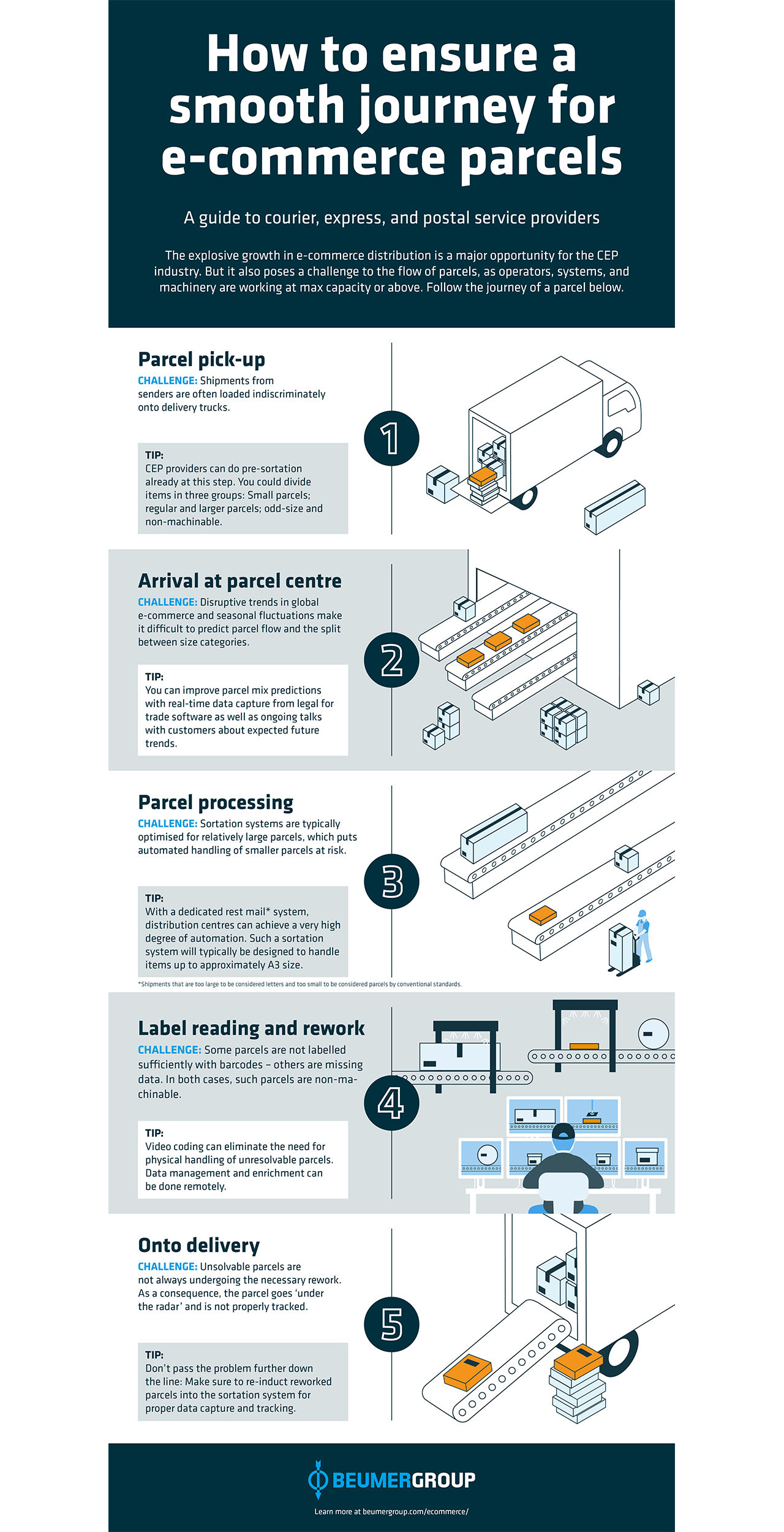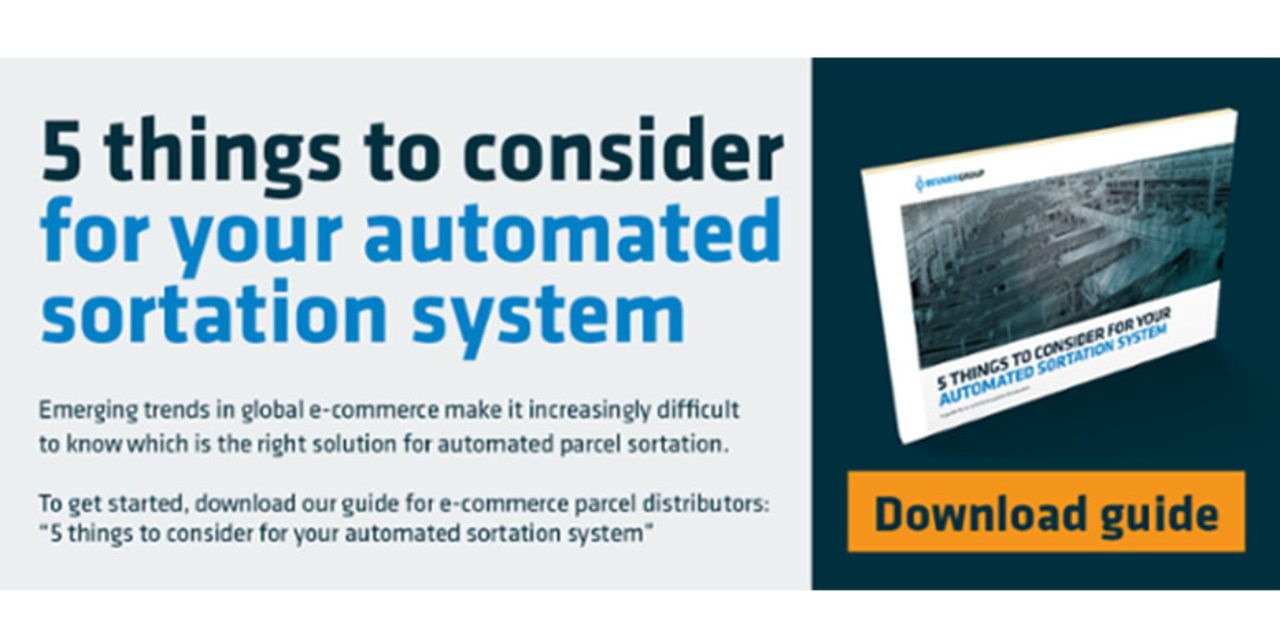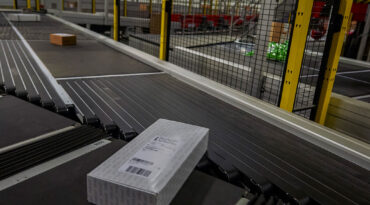Major e-commerce challenges for CEP providers
With practically any item you can think of being available for purchase and delivery, CEP operators need to handle a wide range of challenges at sortation centers.
1. Predicting incoming parcel flow to plan sortation operations
The rapid developments in global e-commerce make it increasingly difficult for parcel distributors to use historical data for projecting which types and sizes of parcels will arrive at the doorstep. At the same time, the emergence of more global e-tailers with different standards for how to package goods drastically changes the overall composition of items being shipped worldwide.
Read more: “How to get the parcel mix right for your distribution centre?”
2. Handling irregular items
Handling shipments at distribution centres used to be somewhat simpler. To a large extent, parcels were parcels, letters were letters, and items that would fall in between the two categories, so-called “rest mail”, were occurring at a manageable frequency. Now, with more packages to process than ever before, conventional distinctions between parcel and letter are being challenged, and especially tiny parcels have distributors working at capacity limits.
Read more: “Small parcels or large letters? How distribution centres can handle rest mail”.
3. Dealing with ‘no-read’ and unsolvable parcels
Poor data exchange between CEP operators and the emergence of home-printed labels are giving rise to processing issues. More specifically, unsolvable or no-read parcels are caused by various issues, including: 1) parcels not having a barcode or label at all, 2) the barcode is damaged or otherwise unreadable, 3) the barcode’s data structure is not compliant, or 4) the barcode does not contain data for further processing. Unsolvable parcels is a major headache as they require additional manning and facilities.
Read more: “How to Deal with No-Read Parcels?”







